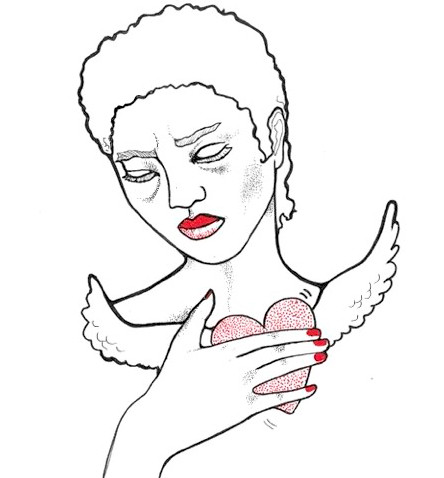Diagnosed as female
Anxiety and gender-based biases in medicine
The film doesn’t matter, although I’ve only seen a handful in theatres over the past few years. It happens as the lights dim. I’m suddenly alert, restless, fidgeting with whatever snacks I snuck in. I mentally retrace my steps to the exit, curse myself for not choosing an aisle seat and plan for what might happen if my heart won’t stop racing, my nausea won’t subside.
It usually does by the second act, as I eventually settle into the plot and my surroundings. But any situation where I feel trapped – whether that’s physically when strapped into my seat on a turbulent flight or mentally during a particularly uncomfortable meeting – elicits a similar response.
While I’ve never seen a doctor about these specific experiences, I know they align with symptoms of generalized anxiety disorder, commonly known as GAD. However, I’m hesitant to adopt that label.
According to the Anxiety and Depression Association of America, “women are nearly twice as likely as men to be diagnosed with an anxiety disorder in their lifetime.” This includes “psychiatric disorders that involve extreme fear or worry” like GAD, panic disorders, social-anxiety disorder and certain phobias.
The term “women” used here and by most medical organizations presumably refers to adults who, like me, were assigned female at birth. It’s unclear whether this diagnostic disparity is due to biological differences, hormones, social pressures or something else entirely.
Amaia Bacigalupe, one of the authors of a 2020 study about gender and mental healthcare, says women are more frequently diagnosed with anxiety and depression (and subsequently take more prescribed psychotropic drugs) than men.
This is true “even if there is no difference with men with respect to mental-health equality, diagnoses and frequency of visits to healthcare centres. All this could point to the existence of a medicalization process of mental health in women.”
As one BBC article about gender bias in medicine explains, “the fact that women have higher rates of mood disorders is, itself, likely one reason that it’s so common for women to get a psychogenic label.”
This may be due to overdiagnosis in women and underdiagnosis in men, as well as the fact that “depression and anxiety are themselves symptoms of other diseases, which often go unrecognized in women. And, of course, the stress of suffering from an undiagnosed – and therefore untreated – disease often takes its mental toll.”
Some patients who feel “that their symptoms were inappropriately dismissed as minor or primarily psychological by doctors” describe this phenomenon as medical gaslighting. This can occur, for example, when the heart-attack symptoms women are most likely to experience (rapid heart rates, difficulty breathing and sweating) are misdiagnosed as anxiety.
I first sought medical treatment for a collection of seemingly unrelated symptoms in my early 20s. I felt faint, I shook, I could barely keep food down. I was perpetually exhausted, easily agitated and regularly doubled over in pain.
Some of my doctors diagnosed me with eating disorders, kidney stones and adenomyosis, an endometrial condition that explained a slew of other symptoms. One dubbed me anxious and prescribed an antidepressant I took for years.
I can’t know if the anxiety I feel in movie theatres is a condition all its own or a remnant of the days when, out of necessity, I avoided social situations, eating in public and any circumstances that put me more than a few feet from a bathroom. It’s possibly both.
Still, I can’t shake the feeling that my anxiety diagnosis could have been something else, if I hadn’t entered my doctor’s office in a sundress, if I hadn’t presented myself as the woman he perceived me to be.
A former sports broadcaster, Danielle Doiron is now a writer, editor and educator. Find them in Winnipeg, Philadelphia and, occasionally, on the airwaves.
Published in Volume 77, Number 17 of The Uniter (February 2, 2023)







